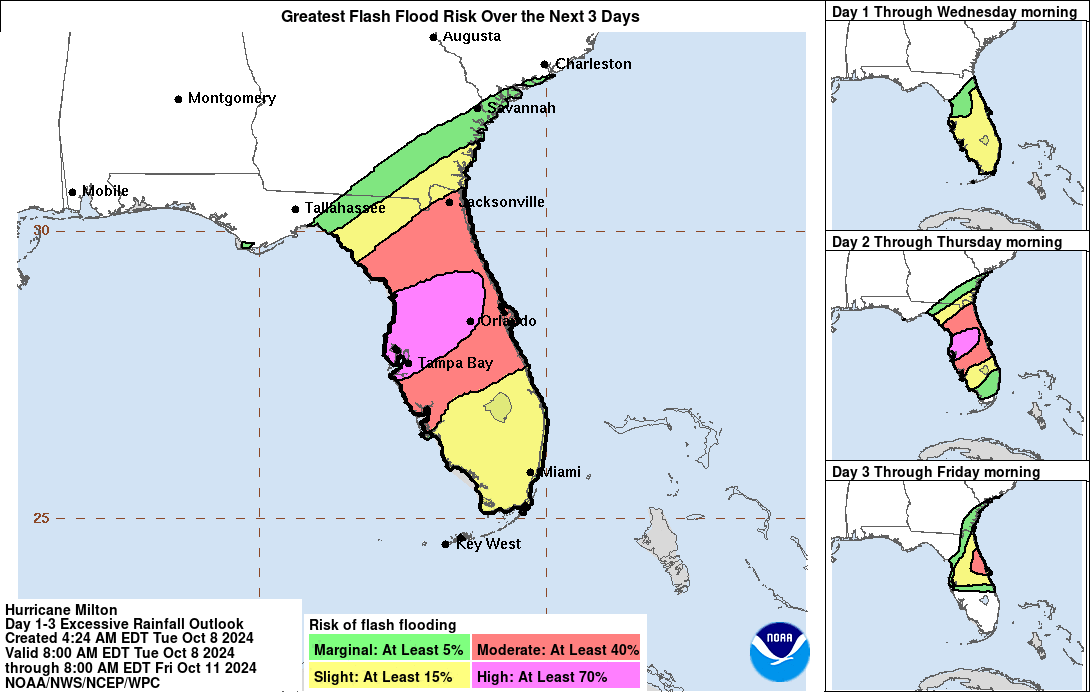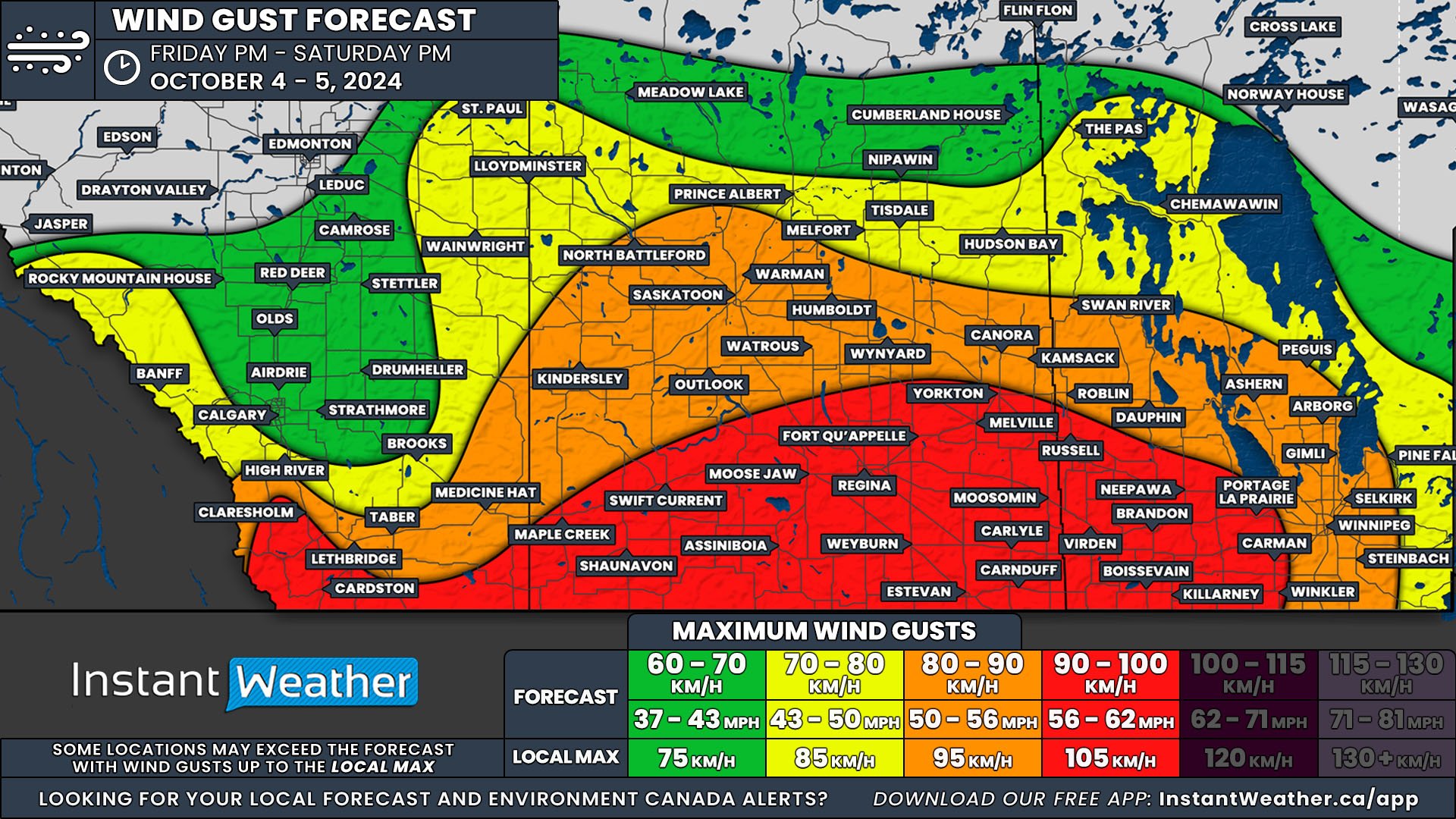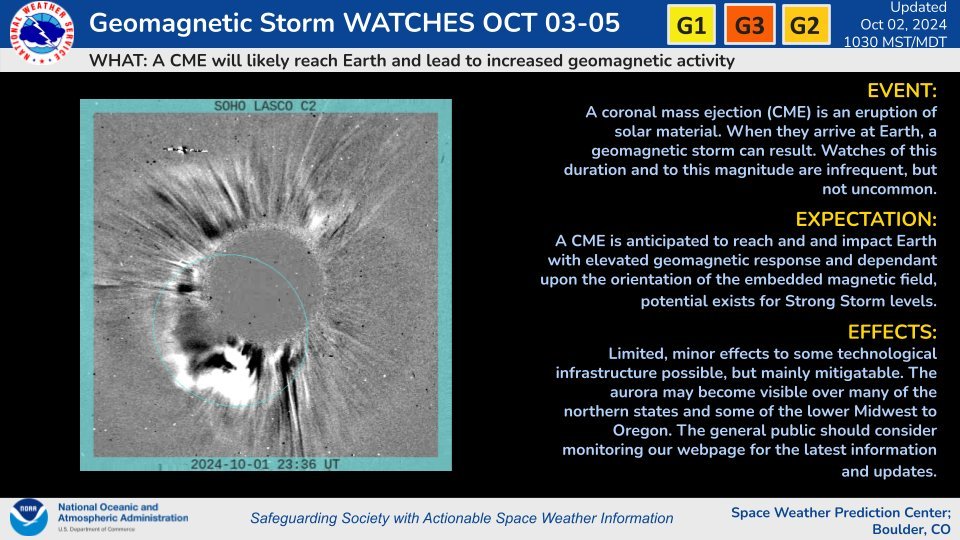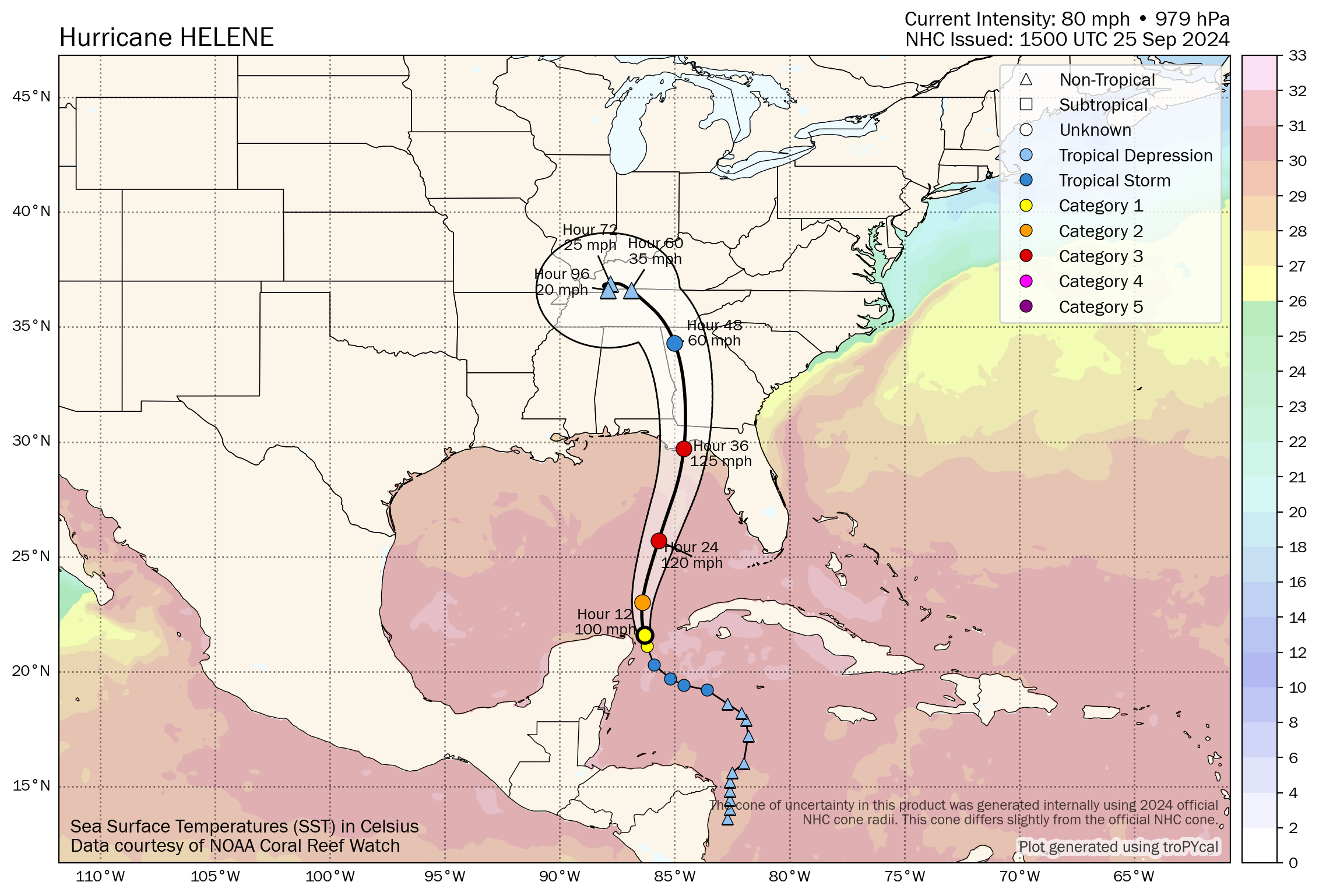Spooky Snow May Make an Appearance in Parts of Ontario to Kick Off Halloween Week
/The month of October has mostly brought calm and mild conditions to Ontario, with temperatures occasionally climbing above seasonal averages and minimal precipitation. But as we approach the final days leading up to Halloween, colder air is making a return, setting the stage for a possible wintry “trick” in parts of the region.
This past week, temperatures in some areas reached the upper teens and even low 20s, but now a noticeable chill has settled in. Many spots across Southern and Northern Ontario are already experiencing single-digit highs as the warm air retreats.
As the weekend progresses, the cold will only deepen, with Sunday morning expected to bring temperatures near or just below freezing across the province. Afternoon highs will provide little relief, as most places in Central and Eastern Ontario will likely struggle to rise out of the single digits.
A Weak Weather System and a Chance of Snow
PRECIPITATION TYPE FOR SUNDAY EVENING - MAP FROM WEATHERBELL
On Sunday, a weak weather system will begin to make its way into Northeastern Ontario and eventually move toward Central Ontario by the afternoon. This will likely bring some light rain showers to areas like Sault Ste. Marie, Sudbury, North Bay, and Muskoka. As colder air continues to push southward after sunset, temperatures will drop quickly, setting the stage for a possible transition from rain to wet snow in the evening.
While surface temperatures are expected to stay just above freezing until after midnight, colder air moving in aloft may allow the rain to change to snow as the night progresses. Precipitation will gradually spread southeastward, reaching Bancroft, Kingston, and possibly the Ottawa area.
There is some uncertainty about whether Ottawa itself will see any snowflakes, as models suggest that a dry air pocket may limit snowfall, keeping the bulk of moisture just to the south.
Potential for Accumulation and a Hard Freeze
ESTIMATED MINIMUM TEMPERATURE ON MONDAY MORNING - MAP FROM WEATHERBELL
Temperatures will continue to drop overnight, leading to what is referred to as a “hard freeze” in areas like Sudbury, North Bay, Algonquin Park, and the Ottawa Valley. During a hard freeze, temperatures remain several degrees below freezing for extended periods, which could kill sensitive plants.
The drop in temperature may also allow for some light snow accumulation, with a dusting of 2-3 cm possible by Monday morning in some areas. Though not a significant amount, it could be enough to create slippery conditions on roads, making for a potentially slow and hazardous Monday morning commute.
Light flurries may linger across parts of Central and Eastern Ontario into late Monday morning, gradually tapering off around noon. With temperatures hovering close to the freezing mark throughout the day, any snow that does manage to accumulate will likely melt slowly. Motorists should remain cautious, as wet or slushy conditions could persist longer than usual.
Midweek Warm-Up on the Horizon
ESTIMATED DAYTIME HIGH TEMPERATURE ON WEDNESDAY - MAP FROM WEATHERBELL
For those hoping for a break from the cold, a warm-up is expected by midweek. By Tuesday, daytime highs in parts of Southwestern Ontario could rebound into the low to mid-20s, with the warmer air spreading to Central and Eastern Ontario by Wednesday.
However, the return of milder weather may be accompanied by some wet conditions. A fast-moving weather system is forecast to pass through Southern Ontario on Tuesday, bringing the potential for 15-30 mm of rainfall across Central and Eastern Ontario between late Tuesday and Wednesday.
While the exact track remains uncertain, some models suggest the rain may shift further north, potentially impacting the area differently than initially expected.
What’s in Store for Halloween?
ESTIMATED TEMPERATURE FOR HALLOWEEN AT 8 PM - MAP FROM WEATHERBELL
With Halloween fast approaching, many Ontarians are wondering what the weather will be like for Trick-or-Treating. As of now, forecasts indicate a chance of widespread rain across much of Southern Ontario during the afternoon, possibly lingering into the evening. Afternoon temperatures are expected to start in the mid to upper teens, but a cooling trend may bring them down to the low teens or even upper single digits by the time Trick-or-Treaters hit the streets.
There is still some disagreement among models regarding the exact timing of the rain. While it seems the heaviest precipitation may fall earlier in the day, there is a chance that skies could clear in time for the evening festivities, especially in Southwestern Ontario. Meanwhile, Eastern Ontario may be among the last regions to see any potential clearing.
Stay tuned as more details emerge in the days leading up to Halloween, and be prepared for whatever weather “tricks” or “treats” may come your way!

































































